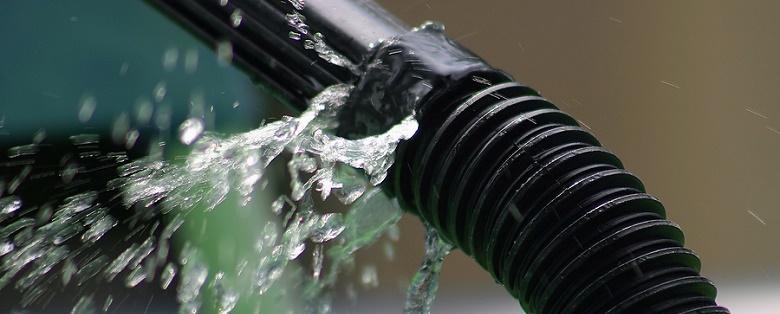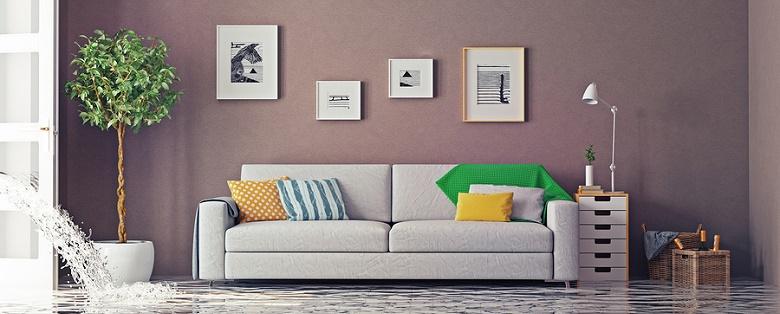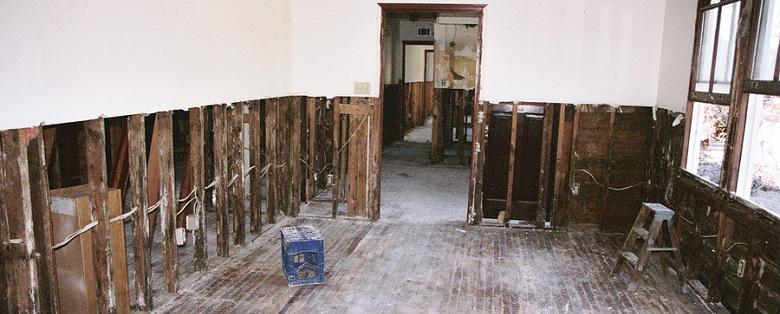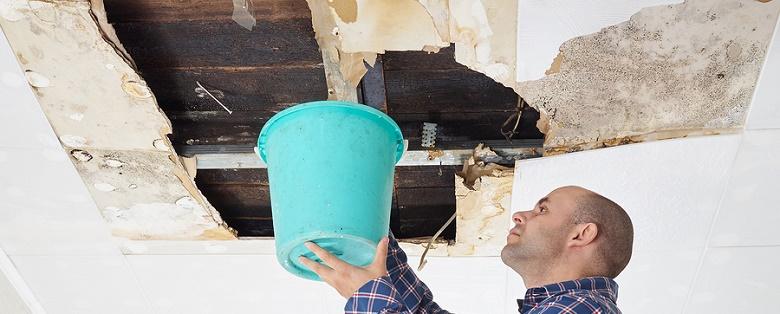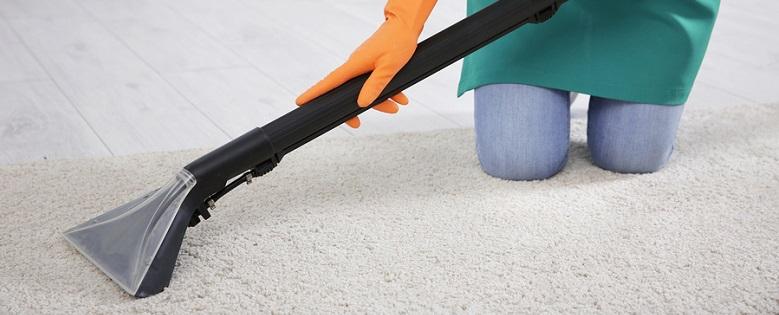
Carpets are common casualties of water damage when floods occur. No matter where the water comes from, once a carpet gets wet you must act quickly in order to save it. By working together with professional water damage restoration services, you can quickly clean and dry carpeting to avoid having it replaced.
Step 1 - Quickly Remove The Water
The key to rescuing wet carpet and preventing permanent water damage is to start removing the water as quickly as possible. You need to prevent the growth of mold and mildew, which can start in as little as 24 hours after a flood happens. All standing water should be removed in whatever way necessary. A professional wet/dry vacuum should next be used to vacuum carpets until no more fluid comes out. The drier you can get a rug, the better. If the flooding is significant, your best option may be to call water damage restoration services that can bring in heavy duty wet vacs.
Step 2 - Bring In the Fans
After removing as much fluid as possible from the rugs and padding, dry them out by setting up fans to circulate air in the room. Drying out wet carpeting can take days, so keep the fans going 24 hours for at least a week. Keep the air moving through the room to decrease humidity levels and prevent mildew while the carpets are drying. If necessary, rent high-powered fans from home improvement stores with a tool rental department.
Step 3 - Dehumidify the Room
In addition to fans, bring in a dehumidifier to help reduce humidity levels in the room. Drying occurs when humidity is removed from the air. As a carpet releases any humidity it is holding, the dehumidifier will remove it. These two drying steps are critical in the prevention of mold and mildew, which are the main cause of water damage that results in permanently damaged carpeting. Continue drying and dehumidifying at least one week after everything seems dry to the touch, since this is likely not the case. Stopping too soon can invite microorganism growth, which is what you are trying to avoid.
Step 4 - Steam Clean and Sanitize
At some point during the drying process, water damage restoration services also recommend a thorough steam cleaning to sanitize carpets and flooring. Once again, prevention of mold and mildew and the growth of bacteria or other microorganisms is the prime concern. Use a professional steam machine and clean the carpets with chemicals made to disinfect and deodorize them. Resume drying with fans and dehumidifiers until the carpets are finally dry.
The biggest factor in preventing water damage to carpets and rugs is preventing mold and mildew that can ruin it permanently. Time is a critical concern as many people rush things, ending later up with damp and smelly carpets. By using the above tips practiced by professional water damage restoration services, you can successfully dry your carpet. If you need help, call for assistance from the professionals and save your carpeting!
